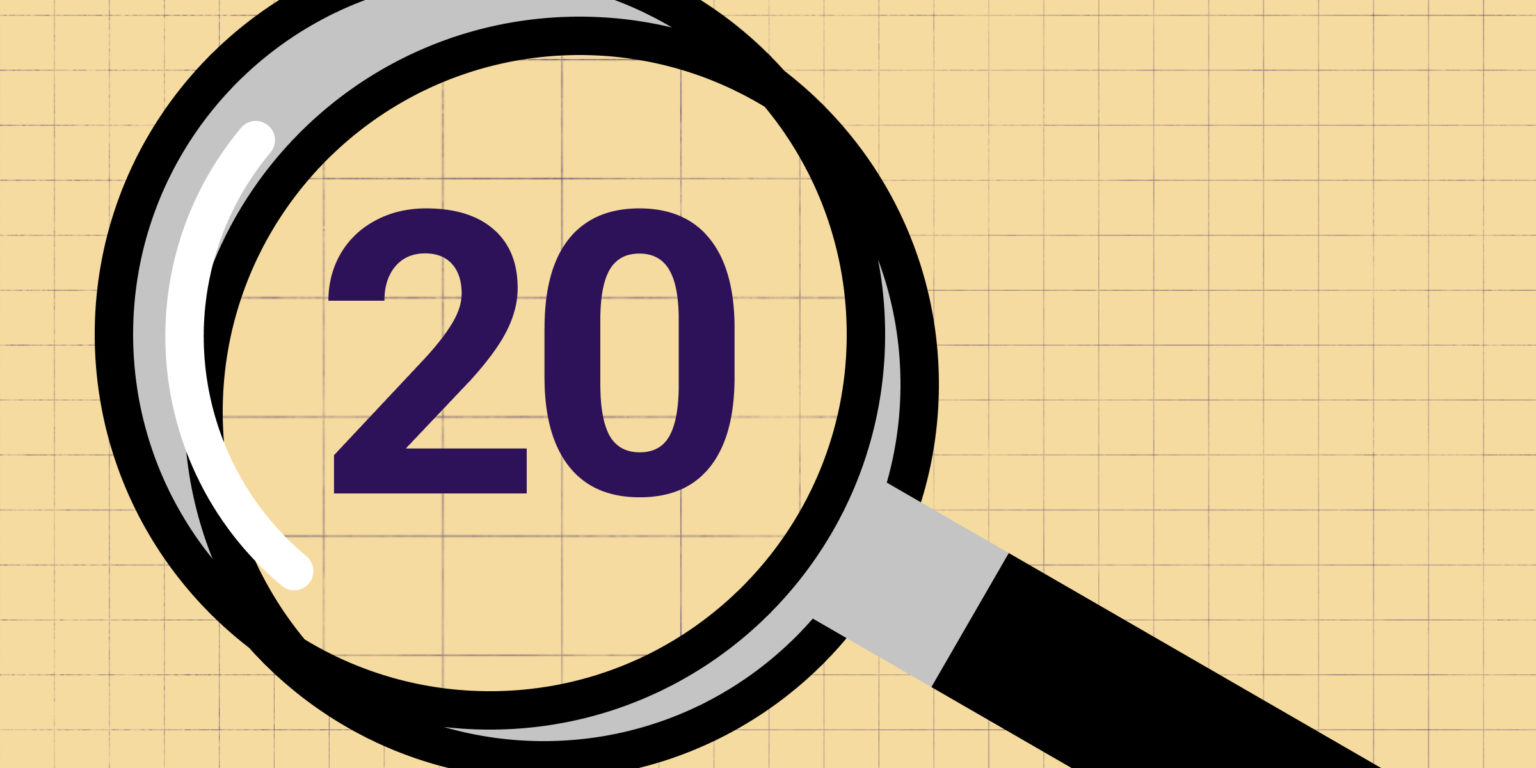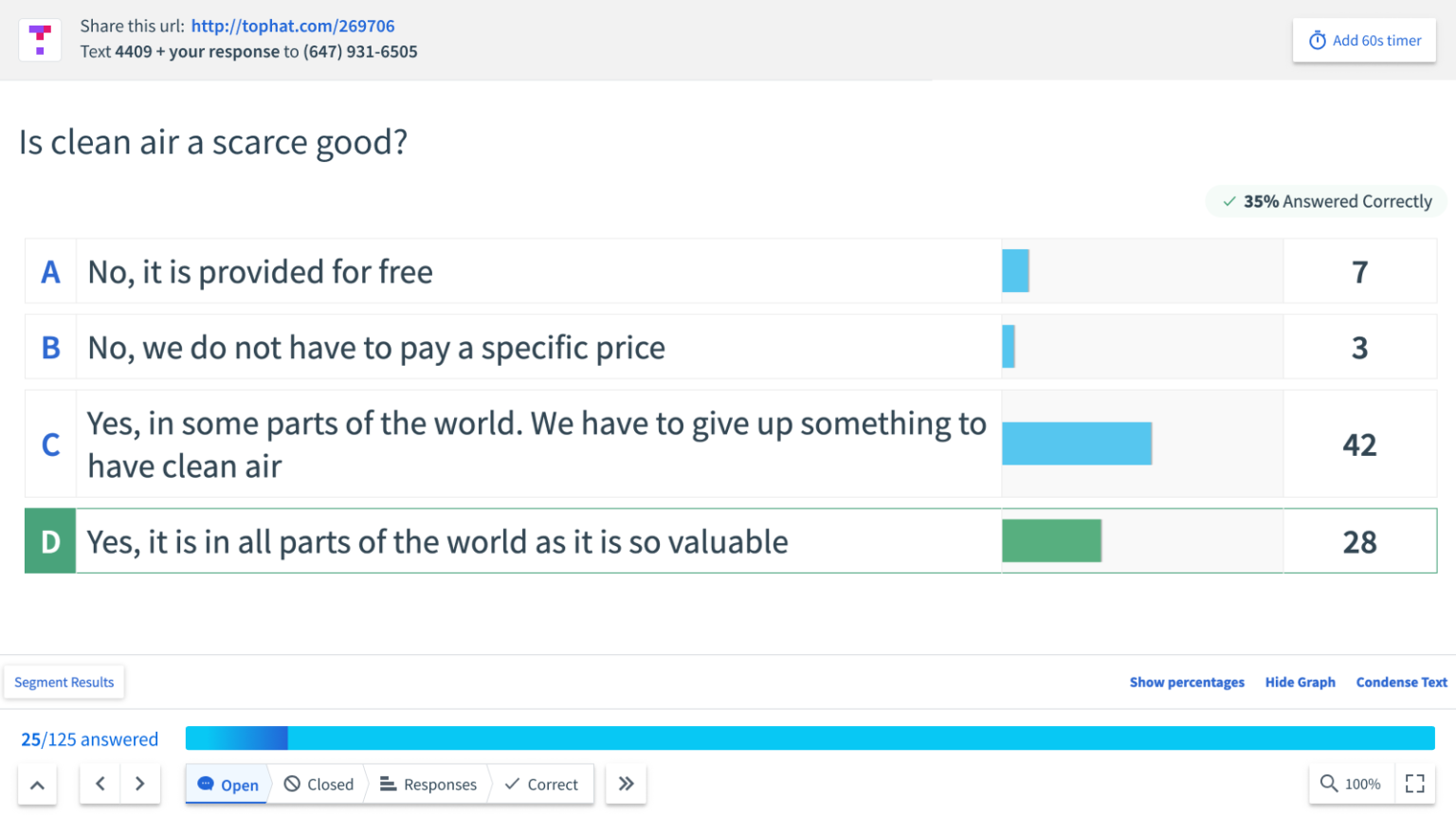

If you were using 2-class Otsu thresholding in any step of your pipeline, please check to make sure that’s still the best thresholding method for you.

As we continue to make changes and streamline, we’re going to use the data from 3.0’s new telemetry feature to see what modules and settings people generally use in pipelines and which seem to be superfluous we really therefore appreciate if you turn it on (either on startup or in the preferences menu) so we can see (and not remove!) what’s most important to you in the community.ġ) These are the major pipeline-breaking changes to keep an eye out for:Ĭhanges to how thresholds are calculated*- these will affect the Threshold module as well as IdentifyPrimaryObjects and IdentifySecondaryObjects.ĬellProfiler 2.X’s way of calculating a 2-class Otsu threshold turned out to be non-standard we’ve therefore started using the implementation in scikit-image instead to bring it in line with how other image processing tools calculate it. If you find something you’ve used before is now broken and you need help fixing it, please do make a new forum thread and let us know and we’ll do everything we can to help you find a new solution. We’ve highlighted the biggest changes at the top for your convenience. You probably will have to spend a bit of time optimizing and re-checking pipelines when you DO make the switch, but we truly believe you’ll find it well worth your while in the long run. We’ve therefore pulled together a list of most of the major and minor changes you’ll encounter when switching between 2.2 and 3.0. In order to facilitate the speedup and continue the process of streamlining the code, a few things had to go we also removed some things we felt were causing “option fatigue” for the sake of user friendliness going forward.
TOPHAT METHOD CELLPROFILER HOW TO
The proposed method, provided as ImageJ and CellProfiler plugins, is simple to use and the only required input is an interval of the expected object sizes.For those of you who’ve been with us for a long time though, the obvious next question after how to use the new test mode is will my old CellProfiler pipelines work in the new version? We feel the same way – the pipelines you’ve accumulated over the years are precious resources! The good and bad news is that the answer is Yes, mostly.

We show that for real images of cell nuclei and synthetic data sets mimicking fluorescent spots the proposed method is more robust than all standard global thresholding methods available for microscopy applications in ImageJ and CellProfiler. Feature‐based segmentation is especially suitable for biomedical microscopy applications where objects often vary in number, but have limited variation in size. The method relies on the component tree representation, which can be computed in quasi‐linear time. In this article, we propose a fast and robust global gray‐level thresholding method based on object size, where the selection of threshold level is based on recall and maximum precision with regard to objects within a given size interval. © 2016 International Society for Advancement of Cytometry The proposed method, provided as ImageJ and CellProfiler plugins, is simple to use and the only required input is an interval of the expected object sizes. Global gray‐level thresholding based on object size Global gray‐level thresholding based on object size


 0 kommentar(er)
0 kommentar(er)
